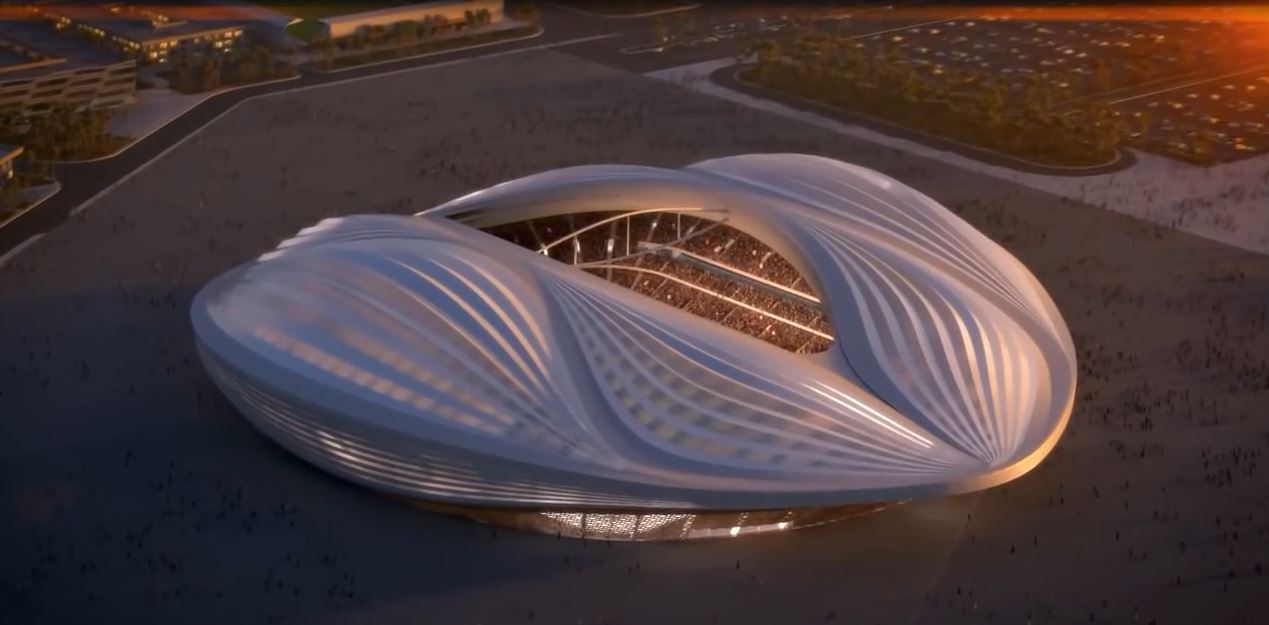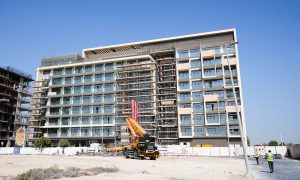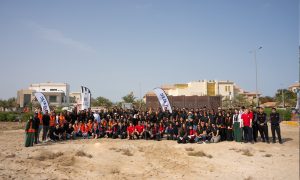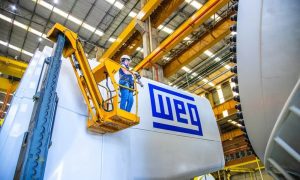First Qatar World Cup stadium begins enabling works
HBK Contracting awarded contract for 40,000 capacity Al Wakrah stadium

RELATED ARTICLES: Qatar cuts number of stadiums for 2022 World Cup | Qatar World Cup preparation expected to invite deals worth $150bn | Qatar reworks labour practices following criticism
The Supreme Committee for Delivery and Legacy has awarded HBK Contracting the enabling works contract for the Al Wakrah stadium in Qatar, it has been announced.
The first proposed Host Venue for the 2022 FIFA World Cup, Al Wakrah stadium is a 40,000 capacity structure that will be surrounded by 560,000sqm of legacy precinct, with a new sports centre and community hub. Also included will be a range of community facilities, including a park, mosque, school, hotel, and retail outlets.
“We are excited to announce the next stage of works for Al Wakrah Stadium and look forward to continued progress on the ground this year. The stadium and surrounding precinct will leave a social legacy in Al Wakrah and by appointing HBK, a Qatari company, we aim to also contribute to the economic legacy of the FIFA World Cup in Qatar,” said Hassan Al Thawadi, secretary general of the Supreme Committee for Delivery and Legacy.
As part of the Supreme Committee’s legacy initiative to develop the private sector, the tender process was implemented for a number of Qatari contractors who have local knowledge and proven capability in delivering the required services.
The enabling works phase will begin this month and is scheduled to conclude around March 2015. During this period, HBK will deliver bulk earthworks including site clearance, excavation and disposal, fill, as well as underground services and stadium foundations.
Foundation works will be marked by a ceremony in September followed by the announcement of the main construction company at the end of the year. A new firm is expected to come on board in this second phase, partnering with a local business, in line with the Supreme Committee’s effort to boost the expansion of the Qatar economy.
The stadium will be the future home of the Al Wakrah Sports Club. Aligned with Qatar’s National Vision 2030, the new precinct will incorporate the history of the surrounding area, such as the cultural heritage of Al Wakrah and the adjacent historical settlement of Al Wukair.
In addition, the project will stimulate the city’s economic development, while providing a series of facilities that will improve the community’s overall quality of life.
Following the tournament, the stadium’s capacity will be reduced to 20,000 with the extra modular seats removed, re-configured and donated to countries in need of sporting infrastructure in consultation with FIFA and the continental football confederations.
This will ensure that Qatar is left with a stadium fit for purpose beyond 2022 as the future home of Al Warkah Sports Club, while simultaneously leaving behind a significant legacy of international football development.
In advance of major construction work beginning in Al Wakrah, the Supreme Committee for Delivery & Legacy released its Workers’ Welfare Standards last February.
These standards —which are aligned with Qatari Labour Law and international best practice and have been incorporated in all of its contracts —set clear guidelines that protect the rights of workers throughout the entire chain of contracting, from recruitment to repatriation.
After an initial inspection during the tendering process of the facility where the HBK workers on the Al Wakrah project will be housed, HBK confirmed their commitment to adhere to the Supreme Committee’s Workers’ Welfare Standards, working closely with representatives of the Workers’ Welfare Committee to ensure that the health, safety and dignity of workers on the project are further protected.
“We started a dialogue with HBK on our expectation for workers welfare during the tendering process and we are encouraged by the company’s commitment to creating a healthy and safe environment for workers on the Al Wakrah Stadium project,” said Farah Al-Muftah, Chairwoman of the Workers’ Welfare Committee.


















